Ffynnon Fyw (Well of Life)
Ffynnon Fyw is a well within a stone wall enclosure of about 7.3m squared. There is evidence of steps for bathing access. It is said the well was dedicated to Curig and tradition credits it with the belief that it restores sight to the blind and health to the sick.

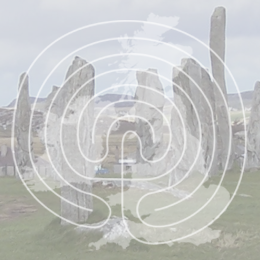

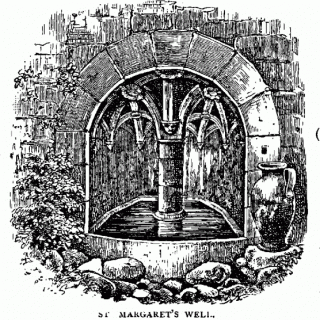
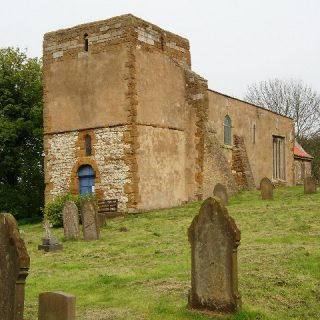
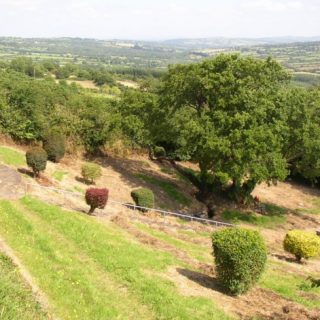
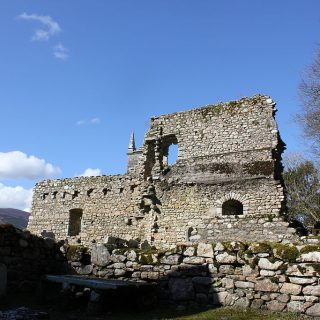
Recent Comments